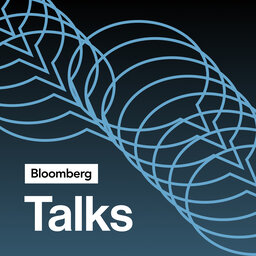Former St. Louis Fed President James Bullard Talks Disinflation, Lower Rates Argument
Former St. Louis Fed President James Bullard discusses disinflation and lower rates at the Hoover Institute's Monetary Policy Conference with Bloomberg's Mike McKee.
 Bloomberg Talks
Bloomberg Talks


